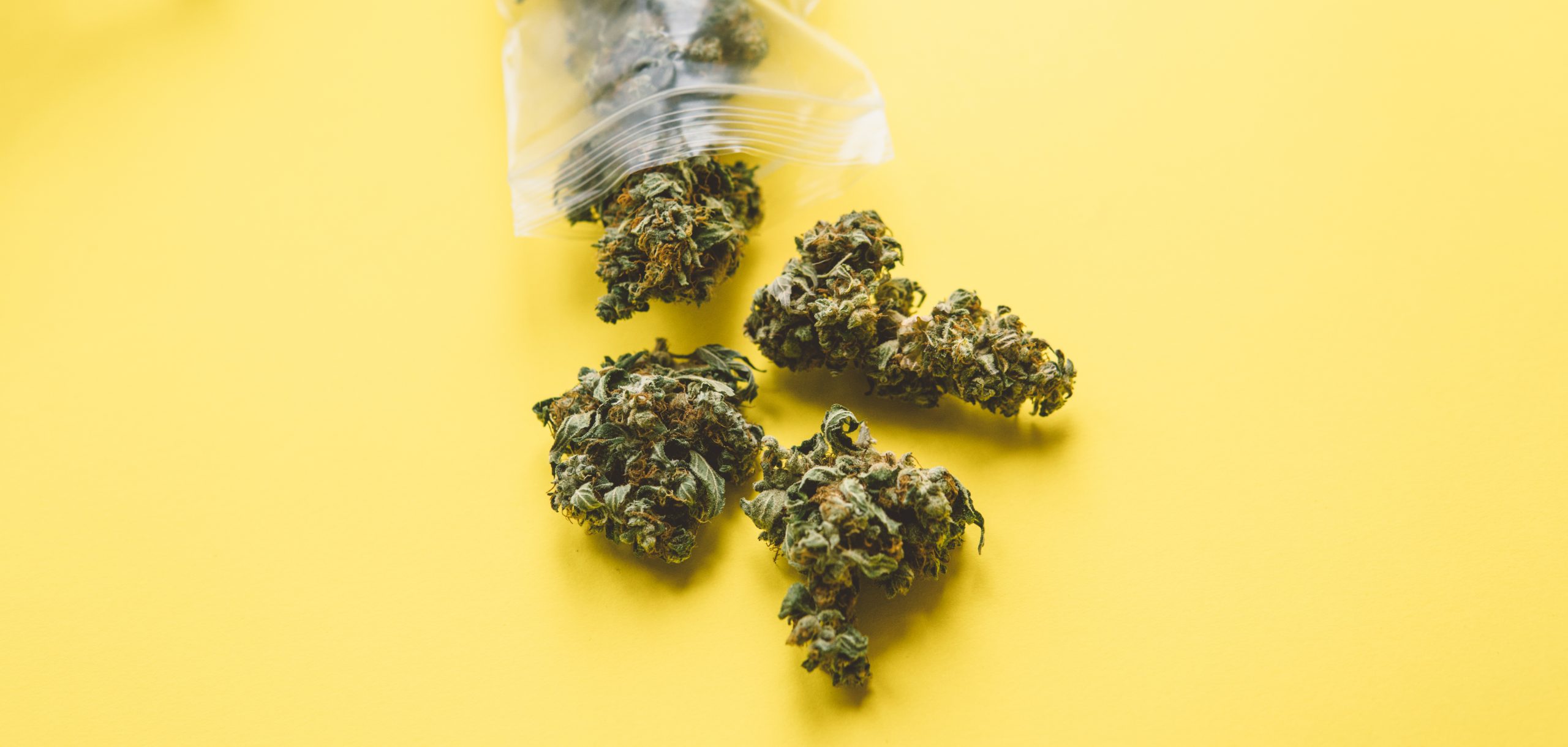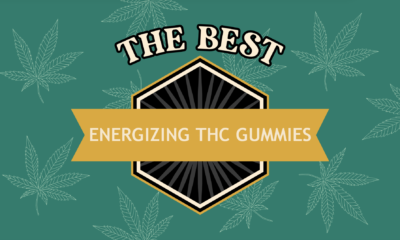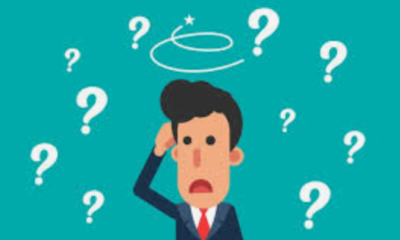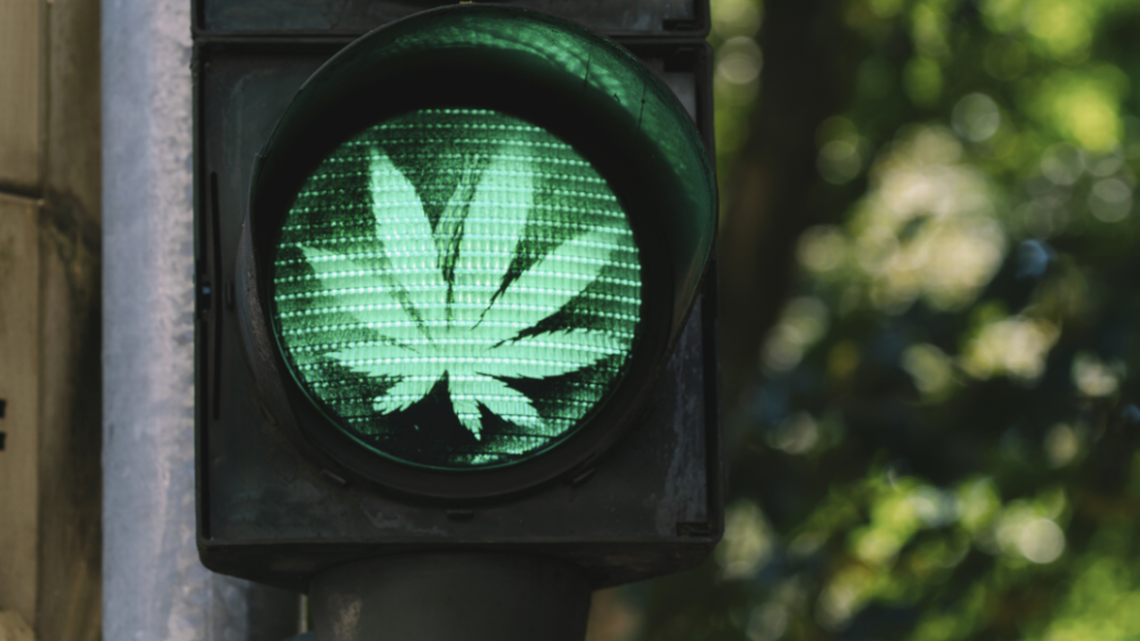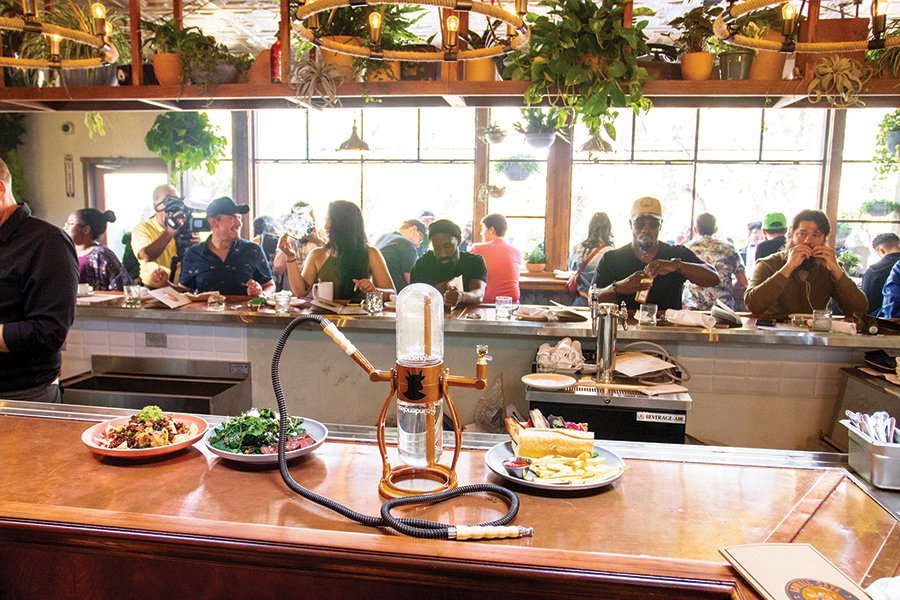A Bouquet of CBD Flower Strains: A Guide to Picking the Perfect Buds
CBD flower strains are taking the world by storm. With their therapeutic properties and ability to provide a relaxing experience, more and more people are opting for CBD strains over traditional cannabis strains. However, with so many strains available in the market, choosing the right one can be a daunting task. In this post, we’ll be exploring the world of CBD flower strains and providing you with a guide to picking the perfect buds.
Understanding CBD Flower Strains
CBD flower strains are derived from the hemp plant and contain a high concentration of CBD, a non-psychoactive compound. Unlike traditional cannabis strains, CBD strains won’t get you high but still offer therapeutic benefits such as pain relief, anxiety reduction, and relaxation. CBD flower strains come in a variety of strains, each with its own unique characteristics, including flavor, aroma, and potency.
The Top CBD Flower Strains
CBD flower strains have gained popularity for their therapeutic benefits without the psychoactive effects of THC. Here are some of the top CBD flower strains to consider trying:
- AC/DC: Known for its high CBD to THC ratio, AC/DC is ideal for those seeking the benefits of CBD without psychoactive effects.
- Charlotte’s Web: Developed specifically for its high CBD and low THC content, Charlotte’s Web is a popular choice for those seeking a milder experience.
- Harlequin: With a balanced ratio of CBD and THC, Harlequin provides a relaxing and calming effect, perfect for unwinding after a long day.
- Sour Tsunami: With high CBD and low THC content, Sour Tsunami provides a mild experience with minimal psychoactive effects.
These strains are known for their unique flavors and aromas, and each offers its own set of therapeutic benefits. As always, it’s important to purchase from a reputable source and consult with a healthcare professional before using CBD flower strains.
The Quirky World of CBD Strains
The world of CBD strains is not just limited to the traditional strains like AC/DC or Charlotte’s Web. In fact, there is a whole quirky side to the CBD world that is sure to pique your interest. With names inspired by celebrities, fictional characters, and even video games, these strains offer a unique and fun twist to the world of CBD. Not only do they have fun names, but they also come with unique flavors and aromas that are sure to tantalize your taste buds. So, if you’re looking for something a little different, be sure to check out the quirky world of CBD strains.
- Alien OG – This strain is named after the infamous Alien movie franchise and is known for its potent effects.
- Chardonnay – This strain is named after the popular wine and has a fruity flavor and aroma.
- Girl Scout Cookies – This strain is named after the popular cookie and has a sweet, earthy flavor.
- Bruce Banner – Named after the Hulk’s alter-ego, this strain is known for its potent effects and high THC content.
- The King Louis Strain – The CBD version of the popular King Louis strain comes with a high CBD and low THC content, it offers therapeutic benefits without psychoactive effects. Its sweet and earthy flavor promotes relaxation and reduces anxiety.
Final thoughts
CBD flower strains offer a range of therapeutic benefits without the psychoactive effects of traditional cannabis strains. With so many strains available in the market, it’s important to choose the right one based on your needs and preferences. Whether you’re looking for a milder experience or want to try something unique, there’s a CBD strain out there for you. And if you’re a fan of the popular King Louis strain, be sure to try out the CBD version for a relaxing and therapeutic experience. With its high CBD content and low THC content, the King Louis CBD strain is a great option for those who want to unwind after a long day or need some relief from anxiety or stress.
When purchasing CBD flower strains, it’s important to ensure that you’re buying from a reputable source like Miami Rave that tests their products for quality and potency. Look for strains that are grown organically and without the use of harmful pesticides or chemicals.
In addition, it’s important to consult with a healthcare professional before using CBD flower strains, especially if you’re currently taking medication or have any pre-existing medical conditions.



